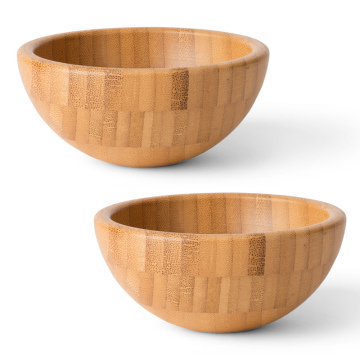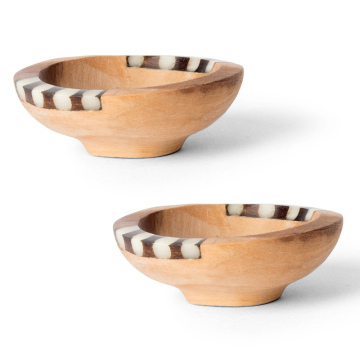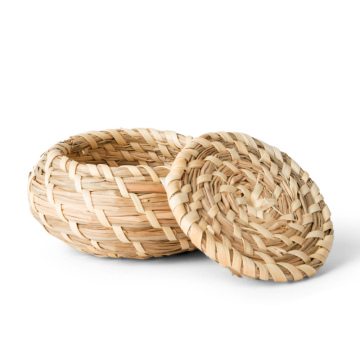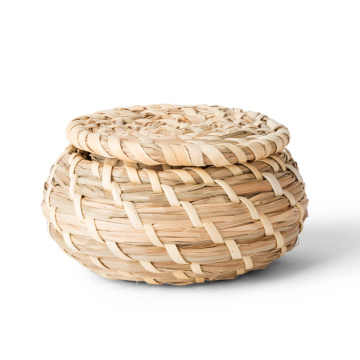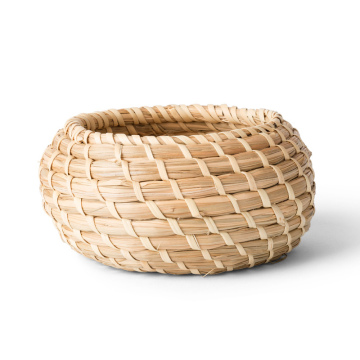Rich History of Japanese Cuisine
Japanese cuisine boasts a rich and varied history that reflects the influence of geography, climate, and cultural exchanges throughout the ages. The foundation of Japanese food can be traced back to ancient times, with rice cultivation marking a significant milestone in the culinary landscape. Rice, which arrived in Japan from the Asian mainland around 300 B.C., quickly became a staple component, shaping not just the diet but also the agricultural practices and social structures of the region.
In addition to rice, the island nation’s geographical setting has played a crucial role in its culinary evolution. Surrounded by water, Japan has access to a plethora of seafood, leading to the incorporation of fish into daily meals. This access has significantly influenced traditional dishes and cooking techniques, prompting the development of methods such as drying, fermenting, and pickling, which are used to preserve fish and vegetables, reflecting the locals’ resourcefulness.
The arrival of Buddhism in the 6th century further transformed Japanese cuisine by introducing vegetarianism. As monasteries emerged, a variety of plant-based dishes gained prominence, with ingredients such as tofu and seasonal vegetables taking center stage. This period laid the groundwork for the distinct flavors that characterize Japanese food today. Additionally, the fusion of indigenous culinary practices with foreign influences, particularly in the Edo period (1603-1868), led to innovations like sushi and ramen. These dishes have become globally recognized symbols of Japanese cuisine, embodying the artistry and precision that define this culinary tradition.
As Japan underwent modernization in the late 19th century, new ingredients and cooking styles were integrated, further diversifying the food culture. The blending of classical techniques with contemporary influences has resulted in a vibrant culinary scene that continues to evolve, celebrating both its historic roots and innovative expressions.
Teppanyaki: The Art of Hibachi Cooking
Teppanyaki, a term derived from the Japanese words "teppan" (iron grill) and "yaki" (grilled), embodies a unique culinary tradition characterized by its interactive cooking style. Originating in Japan during the early 20th century, this cooking method has gained popularity worldwide, renowned for its captivating display of culinary skills as chefs prepare food right before the diners' eyes. The teppanyaki process typically involves using a flat iron grill, where fresh ingredients such as high-quality meats, seafood, and vegetables are grilled at high temperatures, ensuring rich flavors and perfect textures.
One of the distinctive features of teppanyaki cooking is the impressive skillset exhibited by the chefs. Mastery of the grill involves not only proficient cooking techniques but also an engaging performance, often including flips and tricks that delight patrons. Diners are entertained by the chefs' expertise while also enjoying the aromas wafting through the air as their meals are crafted. The experience is further enriched by the communal dining setup, where guests sit around the grill, fostering conversations and excitement as the meal is being prepared.
Common ingredients in teppanyaki include a variety of meats, such as tender steaks, succulent chicken, and fresh seafood like shrimp, scallops, and fish. In addition to proteins, seasonal vegetables are also featured, often including bell peppers, zucchini, and mushrooms, which are grilled to perfection. The accompanying sauces, like soy sauce and teriyaki, as well as various seasonings, enhance the dish's flavors, creating a diverse and satisfying palate. When searching for the best teppanyaki restaurants, it is advisable to look for places with experienced chefs and positive customer reviews to fully appreciate this unique culinary adventure.
Exploring Takoyaki: A Street Food Favorite
Takoyaki, an iconic street food originating from Osaka, Japan, is cherished for its unique flavors and delightful texture. This savory treat is made from a special batter that includes flour, dashi broth, and eggs, which contributes to its rich flavor. The key ingredient, however, is diced octopus, which lends takoyaki its name—literally translating to "grilled octopus" in Japanese. Other essential components include green onions, pickled ginger, and tempura scraps (tenkasu), all of which enhance the dish's flavor profile and add texture.
The cooking process of takoyaki is both an art and a science. Takoyaki is prepared on a specially-designed grill featuring half-spherical molds. The batter is poured into these molds, and as it cooks, pieces of octopus and other ingredients are added. The chef expertly turns the balls using a skewer, ensuring they achieve a perfect golden-brown crispness on the outside while remaining moist and soft on the inside. This technique requires skill and practice, as the aim is to create a uniform ball shape while maximizing the delicious combination of flavors.
Beyond its scrumptious taste, takoyaki holds significant cultural importance in Japan. This dish is frequently enjoyed at festivals and street fairs, where vendors serve it hot, topped with takoyaki sauce, mayonnaise, bonito flakes, and aonori (seaweed powder). As its popularity grew, takoyaki transcended regional boundaries, earning its place as a beloved dish not only in Japan but internationally as well. Travelers seeking authentic takoyaki experiences can find impressive vendors in Osaka’s Dotonbori district or explore various Japanese restaurants worldwide that serve this exquisite delicacy. For those looking to try and replicate this dish at home, numerous recipes are available online, allowing culinary enthusiasts to embark on their own takoyaki adventures.
A Culinary Journey Through Japan: Other Must-Try Dishes
Japan's culinary landscape is rich and diverse, extending far beyond the well-known dishes of teppanyaki and takoyaki. Each region offers unique flavors, textures, and cooking methods, making it essential for culinary adventurers to explore the vast array of traditional dishes available. One cannot embark on a culinary journey in Japan without indulging in ramen, a noodle soup that presents endless variations. From the rich tonkotsu pork broth of Fukuoka to the lighter shoyu soy sauce base found in Tokyo, ramen reflects the cultural influences and regional preferences of its surroundings.
Udon, another staple in Japanese cuisine, consists of thick wheat noodles served in various broths or chilled with dipping sauces. In contrast, soba noodles are made from buckwheat, providing a nuttier flavor and are often enjoyed chilled during the summer months. Both udon and soba offer opportunities for creative toppings, allowing diners to customize their experience according to personal tastes.
For those interested in savory pancakes, okonomiyaki stands out as a culinary treasure. This dish hails from Hiroshima and Osaka and includes a variety of ingredients ranging from cabbage to seafood, all cooked on a griddle. Each region has its specific style, making it worthwhile to sample different versions across the country.
In addition to these iconic dishes, travelers should not overlook kaiseki, a multi-course meal that emphasizes seasonal ingredients and exquisite presentation, as well as bento boxes, which offer a delightful assortment of dishes in a compact format. For an immersive experience, considering participating in cooking classes where you can learn about the preparation of these special meals firsthand.
For an authentic taste of Japanese cuisine, recommended dining locations include Matsukaze in Kyoto for kaiseki, and Tsukiji Outer Market for fresh sushi and bustling ambiance. Each of these experiences contributes to a richer understanding of Japan's culinary art, inviting exploration far beyond teppanyaki and takoyaki.
